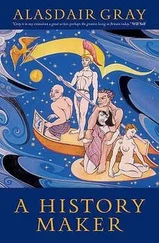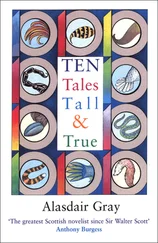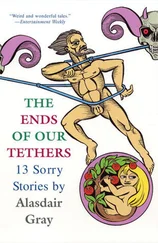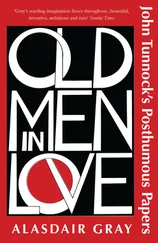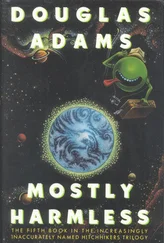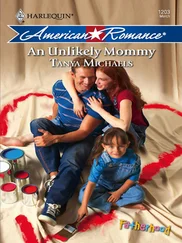In 1975 there came straight to Glasgow from a Berlin gig Pete Brown the poet, Pete Brown the friend of Horowitz, Pete Brown the songwriter and sometimes pop-song singer. And I dined with him at the home of Barbara and Lindley Nelson. As usual Pete was with a new girlfriend who received most of his conversation, but first he showed the Nelsons and myself a souvenir of Berlin, and that was what we discussed. It was a street photograph of Pete arm in arm with a bear. Berlin takes its name from a bear, so commercial cameramen prowl the streets with a suitably dressed partner. But though the bear in the picture was a disguised man he appeared so naturally calm, so benignly strong, that beside him Pete (who in isolation is as calm, benign and shaggy as a sapient man can be) looked comparatively shifty and agley. We were also intrigued to find the image in the photograph oddly familiar though Barbara, Lindley and myself had never seen another like it. Did it recall dim memories of our infancy in the thirties when the British bear cult was still a political force? As we discussed what we knew of the cult I realized that the time had come for a television programme on it, one which mingled public archive material (photographs, films and sound recordings) with dramatic re-enactments of what took place in private. In 1975 the British Broadcasting Corporation was celebrating the fiftieth year of its charter, archive material was being daily broadcast and displayed, surely the BBC would be interested? It was not. I discovered that although Lord Reith’s restrictions upon clothing, drink and sexual conduct had for years been matter for jest in the corridors of Broadcasting House and the Television Centre, his tabu upon all reference to the cult after Ramsay McDonald’s famous broadcast to the nation was still in force. The BBC rejected my documentary drama. I offer it here, hoping readers will not be afraid to view it upon the television screen of their minds.
 1 STUDIO INTRODUCTION
1 STUDIO INTRODUCTION
To a recording of The Teddy Bears Picnic the camera advances upon a commentator leaning casually against a table on which is displayed: a fancy-dress bear costume, a toy teddy bear, a Buckingham Palace sentry’s bearskin helmet, a Daily Express Rupert Bear cartoon annual, and a copy of The House at Pooh Corner .
RECORDING: If you go down to the woods today you re sure of a big surprise! If you go down to the woods today you’d better go in disguise! For every bear that ever there was Has gathered there for certain because Today’s the day the teddy bears have their picnic!
COMMENTATOR: If you go down to the woods today, you’d better go in disguise. Yes. And if you were clearing out an old cupboard recently it’s very likely that you found one of these at the back of it. (HE LIFTS THE BEAR COSTUME AND STANDS UP)
Perhaps curiosity prompted you to try it on. You can slip into them quite easily …
(HE PUTS IT ON)
Once the zip is pulled up it’s surprising how warm and comfortable you feel. And then, if you adjust the mask over your head, like this … (HOLLOWLY) you are not only completely weather-proof, your voice has acquired a hollow, resounding note.
(HE REMOVES THE MASK)
The costume you found was almost certainly a relic of the great bear cult which swept Britain in the early thirties. Nobody who remembers those years likes talking about them, but most of you watching tonight were born rather later, so perhaps the time has come to give the origins of the cult, its wildfire spread and wholly unexpected collapse, some sort of dispassionate examination. So let me take you back to 1931, a year of world-wide trade-depression and economic crisis. There are nearly three million unemployed in Britain alone. A former socialist is prime minister of a National Coalition government with the conservative leader as his deputy. In Trafalgar Square the photographic business is in a bad way. 2 TELECINE: TRAFALGAR SQUARE, STUDIO, STREETS, LAWCOURT
Henry Busby, a licensed street photographer, squabbles with two others for the custom of a foreign visitor (“I saw him first!”) who manages to escape all of them. Henry returns glumly to his studio and to George, his brother and partner. Ruin faces them. Must they also join the armies of the unemployed? Henry has a sudden idea — he has heard that in Berlin the street photographers have partners dressed like bears because there is a bear on the city coat of arms. Why not try that here? George objects that London has no bear on its coat of arms and people come to Trafalgar Square to be photographed with pigeons. Henry shows a newspaper photograph of people queuing in hundreds to see a new bear acquired by London Zoo. Bears are popular — Rupert Bear in the Express, Winnie the Pooh etc. He rents a skin and persuades George to put it on. George finds it surprisingly comfortable. They go out into the streets arm-in-arm and reach the Square followed by a small crowd of laughing onlookers.
HENRY: Come on now, who’ll be first to be photographed with this fine chap?
They do a brisk trade, drawing clients from their competitors, who complain bitterly that the bears are frightening the pigeons. But next day when they return to the Square they find the other photographers also accompanied by bears, a black bear, a polar, and a child dressed as a koala. They protest. A brawl develops. The bears are arrested, fined and bound over to keep the peace. However, the press and BBC are glad of some comic relief from a grim world situation, and the matter is widely publicized. The queues to see the new bear at London Zoo grow longer. The Teddy Bears ’ Picnic becomes a popular hit. Furriers start marketing teddy bear suits for children.
3 ARCHIVE MATERIAL: RECORDING OF BBC NEWS PROGRAMME IN TOWN TONIGHT
Dr. Karl Adler, discoverer of the inferiority complex, is visiting London for an international psychiatric conference. A BBC interviewer asks his opinion of the growing enthusiasm for bears. He replies that though the bear cult is (he believes) of German origin he feels it is destined to make great headway in Britain. He is asked the causes of the cult — why not an elephant or a tiger cult?
ADLER: In the first place a bear is one of the few creatures that do not look ridiculous when walking about upon their hind legs. But there are more significant reasons for their popularity. They are not normally flesh-eaters — their favourite food is honey and buns — so women and children feel safe with them. But they have claws and teeth which they can use if threatened, so men can identify with them without losing their self-respect. In my opinion a civilization such as ours has much to gain from this cult. The greatest part of a psychiatrist’s work is with people who feel inadequate as human beings, and considered objectively most of them are physically and mentally inadequate; but dressed in a properly padded skin they make surprisingly adequate bears … 4 TELECINE: STUDIO, STREET AND LAWCOURT
The words of the interview emanate from a wireless-set in George and Henry’s photographic studio. George, wearing the bearskin without the mask, sits reading a newspaper. Henry switches off the wireless, saying irritably:
HENRY: What blasted rot! … Take that thing off,
George.
GEORGE: No. I’d feel cold.
HENRY: I feel cold, but do I complain?
GEORGE: Yes, all the time.
HENRY: Then you might have the common decency to give me a shot!
GEORGE (STANDING): I’m going for a walk. HENRY: Like that ?
Читать дальше
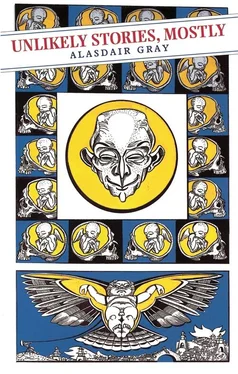
 1 STUDIO INTRODUCTION
1 STUDIO INTRODUCTION